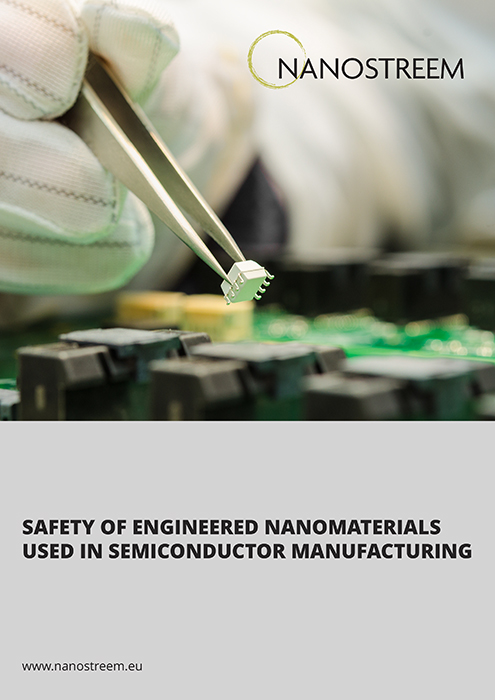The safety of engineered nanomaterials used in semiconductor manufacturing is placed under the spotlight in this extensive and informative analysis by NanoStreeM, a consortium that comprises of 14 partners from six European countries
Amongst the many insights offered here, is that the semiconductor industry uses a growing variety of materials, as firms seek to further improve the performance of devices to cater for the growing market demand for a continual process of innovation.
We also find out that the NanoStreeM combines unique expertise throughout the research and development chain, from the academic labs via technology development through to the semiconductor application side of things. Now, over 200 chemical compounds consist of elements like silicon, germanium, copper, gold, hafnium, indium and more, which are present in most computer and mobile phone chips.
Understanding the properties of these innovative materials and nanoforms and how they interact with living systems and the environment, often comes years after the materials have been introduced in manufacturing. This uncertainty creates multiple challenges in the governance of the occupational and environmental risks, we find out, which was the driving force behind the NanoStreeM project, funded by the European Union from 2016-2018.
We discover the objectives of this project, such as building inventories of materials, research topics and applications relevant for nanomaterial use and exposure in nano-electronics manufacturing. Another is to identify gaps in knowledge and methodologies to assess the risk of engineered or accidentally produced nanomaterials.
We also find out about the use of nanomaterials in semiconductor processing and find out how a risk assessment of operations involving ENM can be performed. How to measure nanoparticle emissions in the air and water is explained here, as well as the needs for competences and training when it comes to the physicochemical properties of nanomaterials and the limitations of the traditional occupational chemical risk assessment, for example. I hope you enjoy reading the many insight offered here.


